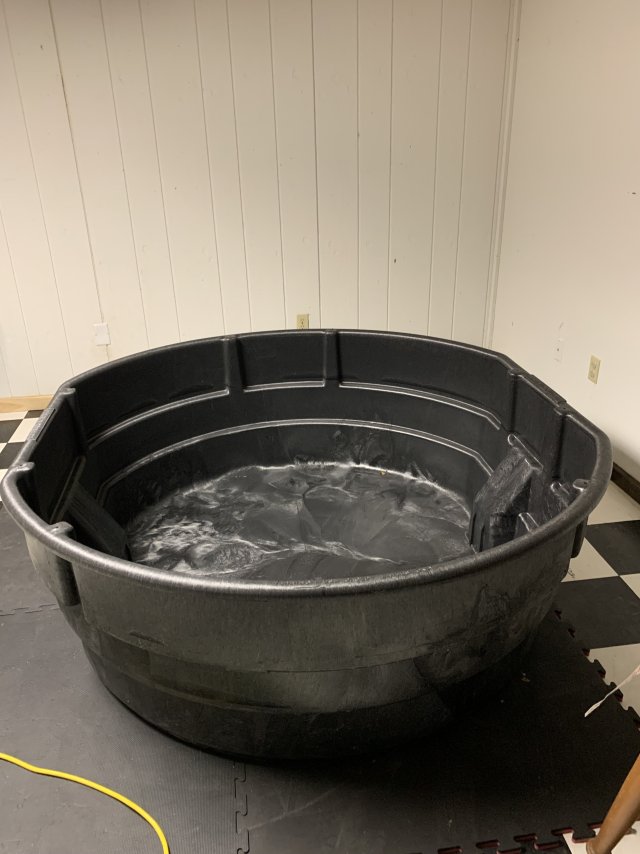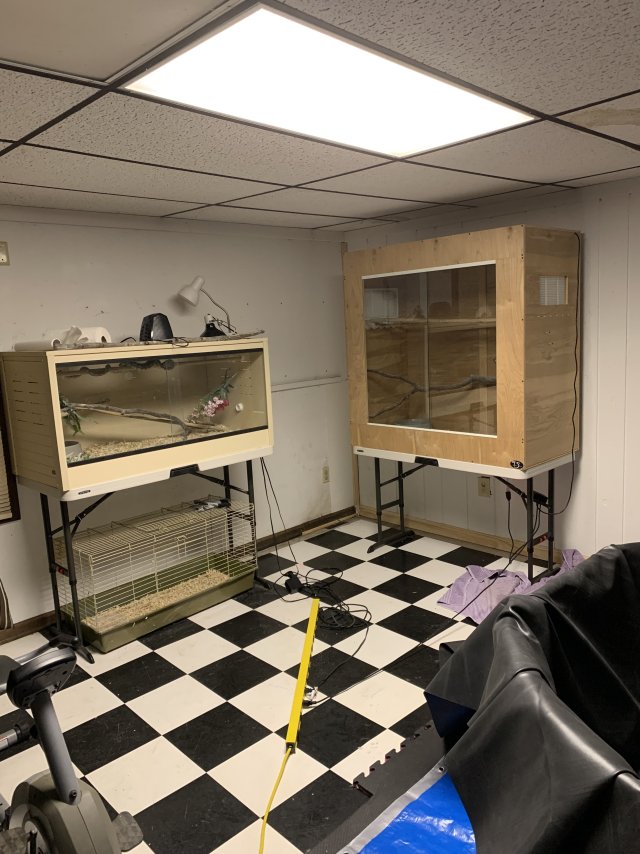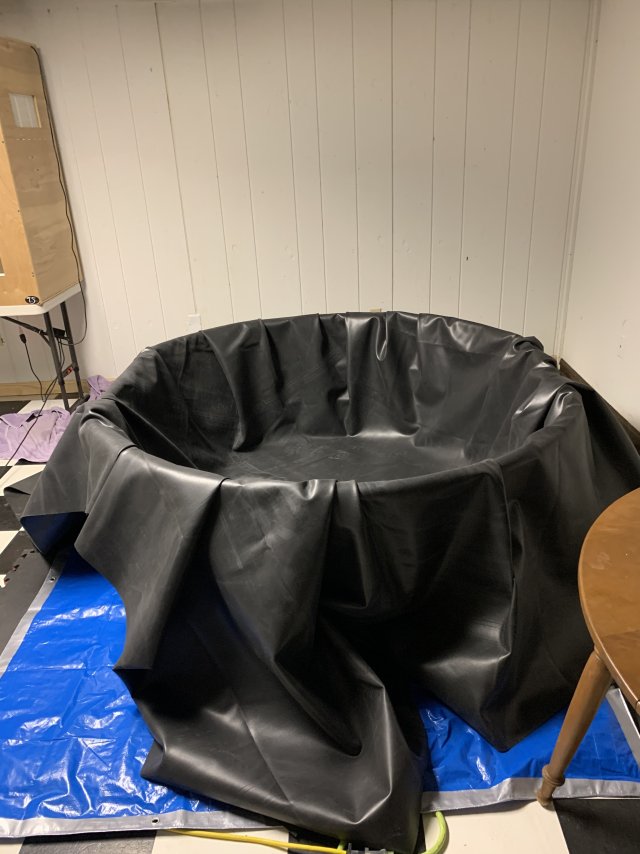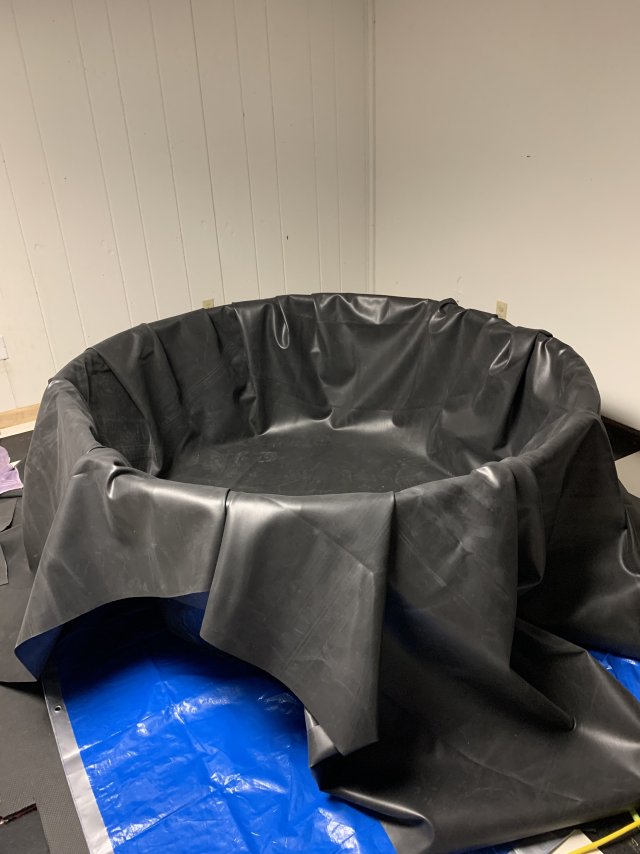Yea, I’d go with AI over
 jjohnwm
years of proven actual experience with stock tanks outdoors in all types of crazy weather…not!
jjohnwm
years of proven actual experience with stock tanks outdoors in all types of crazy weather…not! 
Each to his own. It’s your money that you’d be throwing away needlessly. Insulating the tank walls for an indoor tank is a complete waste of time, money & internal space in your stock tank. I understand sitting the tank on insulation foam would be helpful outside the tank. The tank will never fall below the ambient air temp in the room it’s in if there is no power supply for heat. This would be an impossibility. Whilst some heat would be lost through the floor & walls of the tank, so sitting it on foam would be helpful, but the surface is where most heat escapes as it’s the path of least resistance and heat rises, even in water. So while chat whatever sounds intelligent, it’s kinda stupid too
You do what you feel most comfortable with mate but all “overkill” is, is a waste of money & effort
Each to his own. It’s your money that you’d be throwing away needlessly. Insulating the tank walls for an indoor tank is a complete waste of time, money & internal space in your stock tank. I understand sitting the tank on insulation foam would be helpful outside the tank. The tank will never fall below the ambient air temp in the room it’s in if there is no power supply for heat. This would be an impossibility. Whilst some heat would be lost through the floor & walls of the tank, so sitting it on foam would be helpful, but the surface is where most heat escapes as it’s the path of least resistance and heat rises, even in water. So while chat whatever sounds intelligent, it’s kinda stupid too
You do what you feel most comfortable with mate but all “overkill” is, is a waste of money & effort
Last edited:






